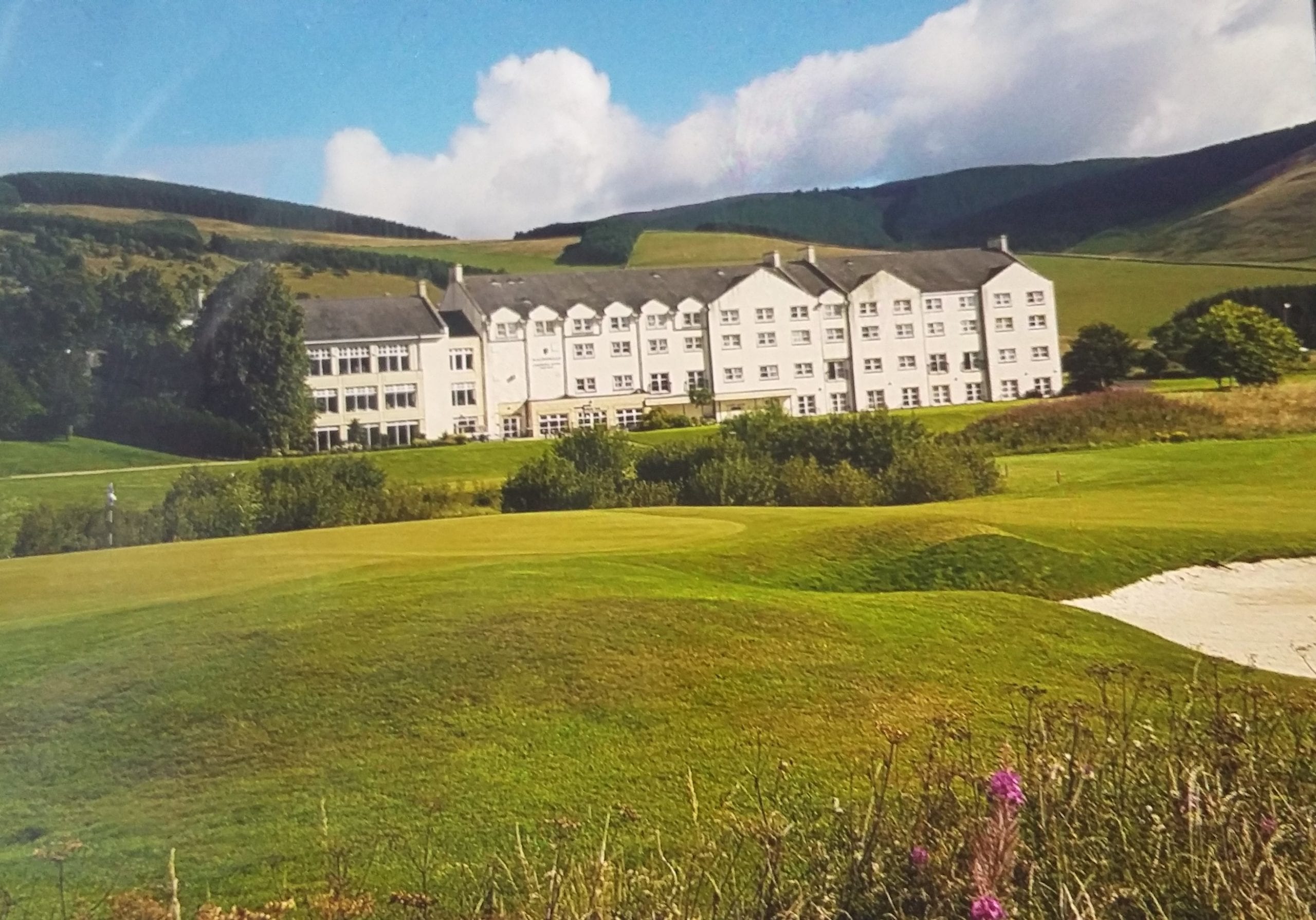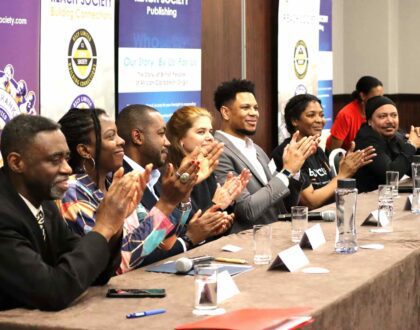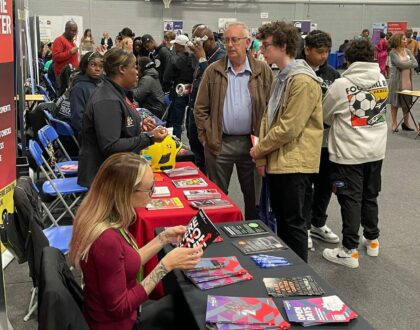

Reaching Scotland
Pulling into Waverley train station in Edinburgh signalled the arrival of Reach Society in Scotland. The name of this station is also the title of the first novel by Sir Walter Scott, reputed to be the William Shakespeare of Scotland; and it is fitting that just 3 minutes’ walk away is a very large statue of him within the Scott monument.
It is mid-August and while most folks involved with the Society were enjoying the recess, four members and their wives took a trip to Scotland to visit with the Society’s newest Patron, Professor Sir Geoff Palmer who lives in a little village just outside of Edinburgh. This trip turned out to be fascinating and enjoyable in equal measure for everyone. New friendships were made and new things discovered.
The evening meal, on Friday the first night, with Sir Geoff in a private room in our picturesque hotel in the Royal Burgh of Peebles, was a lot of fun. Meeting Sir Geoff’s wife Maggie and hearing his amusing anecdotes got the visit off to a brilliant start.
The next day we drove through lots of hamlets on our way to the Glasgow Science Centre. There its programme director, Dr Susie Mitchell, told us of the history of innovation and creativity in the GSC and the city which has a larger population than Edinburgh, the Scottish capitol. Also touring the Centre was an extraordinary affair which none of us wanted to end.
We made two trips into Edinburgh. The first was to the Clay Oven, which is owned by Sir Geoff’s friend, it served Asian cuisine; and everyone ate too much. The second trip was to a luncheon with members of the Jamaica Society which was a very pleasant affair. Our hosts, Janet and Bill McDonald, were gracious and provided dishes of Caribbean favourites which everyone enjoyed.
The highlight of this visit was a viewing of a recent STV recording of the history of benefits to Scotland from the slave trade narrated by Sir Geoff. We also learnt about James McClune Smith, who was the first black graduate of the University of Glasgow in the 19th century. He was accepted to study medicine in Scotland at a time when no American University would offer him a place as an undergraduate. On completion of his studies he returned to America where he distinguished himself both in medicine and as a civil rights campaigner.
During the luncheon the Jamaica Society members found out about the work of Reach Society to showcase professionals in the British Black community to young people in order to inspire them. And our group found out about the experiences of Black pupils in the local schools. It was unsurprising to discover that the behaviour of some teachers in their schools was the same as a cohort of blinkered teachers in England.
Our group of eight adults, and three year old Noah, are grateful to Sir Geoff for introducing us to some important aspects of Scotland and to a group of families from Jamaica who have chosen to settle and raise their children in Scotland. Their reasons for travelling overseas had echoes of the thinking of many of our parents and grandparents who left the Caribbean in the 1950s and 60s.
As the train slowly pulled out of Waverley station my wife and I found ourselves reflecting on the friendly rivalry we observed between the residents of Scotland’s largest cities – Edinburgh and Glasgow – and it made us smile as the train gathered speed.
Click on this link to view photos from the visit.
Dr Dwain A, Neil (August 2017)
Recommended Posts


The 2nd Manchester Employability Day 2024
22nd April 2024


Testimonials: The 12th Careers Conference 2024
17th April 2024



